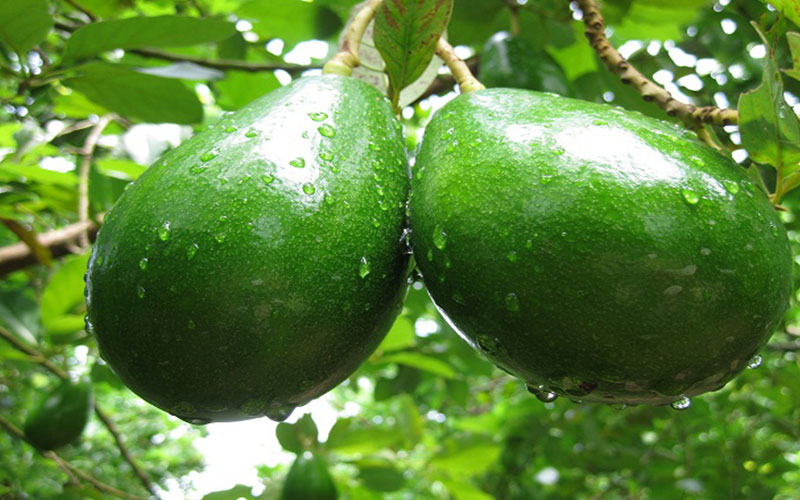Avocados Number
Studies have shown that eating avocado or avocado oil with vegetables can dramatically increase the number of antioxidants you take in. Avocados Are Loaded With Powerful Antioxidants That Can. Avogadro's Number is Fort Collins' premier indoor/outdoor music venue, with a restaurant and bar, serving up hot food, cold drinks, and incredible music!
Avogadro's number, also known as Avogadro's constant, is defined as the quantity of atoms in precisely 12 grams of 12C. The designation is a recognition of Amedeo Avogadro, who was the first to state that a gas' volume is proportional to how many atoms it has. This number is given as 6.02214179 x 1023 mol-1.
Amadeo Avogadro lived in the early 19th century and was an Italian savant known for his role in many different scientific disciplines. His most famous statement is known as Avogadro's Law, and is a hypothesis that states, 'Equal volumes of ideal or perfect gasses, at the same temperature and pressure, contain the same number of particles, or molecules.'
This is an intriguing hypothesis, because it says that quite different elements, such as nitrogen and hydrogen, still have the same number of molecules in the same volume of an ideal gas. While in real world settings this is not strictly true, it is statistically quite close, and so the ideal model still has a great deal of value.
The constant can be expressed as (p1)(V1)/(T1)(n1) = (p2)(V2)/(T2)(n2) = constant; where p is the pressure the gas is at, T is the temperature it is at, V is the volume of gas, and n is the number of molar units.
Part of Avogadro's genius, and while this number was named after him, is that he was able to see this fundamental relationship long before the experimental evidence was available to validate it. His innate understanding of the nature of ideal gasses was astounding, and it wasn't until decades later that experimental evidence finally supported his hypothesis.

In the 1860s, more than 50 years after Avogadro first made his hypothesis, the Austrian high school teacher Josef Loschmidt calculated how many molecules were in a single cubic centimeter of a gas under typical pressure and temperature. He determined this to be approximately 2.6X1019 molecules, a number now known as Loschmidt's Constant, and which has since been expanded to 2.68677725X1025 m-3.
Throughout the early years of the 20th century, a search was undertaken to discover the precise value of Avogadro's number. Molecules were still largely theoretical entities to many scientists until the early part of the 20th century, and so actually determining the value through experiment was not feasible. Once it became feasible, however, it was immediately apparent that the value was important, as it reflected on the fundamental nature of ideal gasses.
Avogadro's Number Mole Day
The name 'Avogadro's number' was first used in a paper from 1909, by the scientist Jean Baptiste Jean Perrin, who later went on to win the Nobel Prize in Physics in 1926. He stated in the paper that, 'The invariable number N is a universal constant, which may be appropriately designated 'Avogadro's Constant.'
Avogadro's Number Definition
For years leading up to the 1960s, there was some dispute as to the actual value of this number. Some factions used oxygen-16 to base their calculation on, while others used a naturally occurring isotope of oxygen, leading to slightly different values. In 1960, the constant was changed to be based on carbon-12, making the number much more regular.
